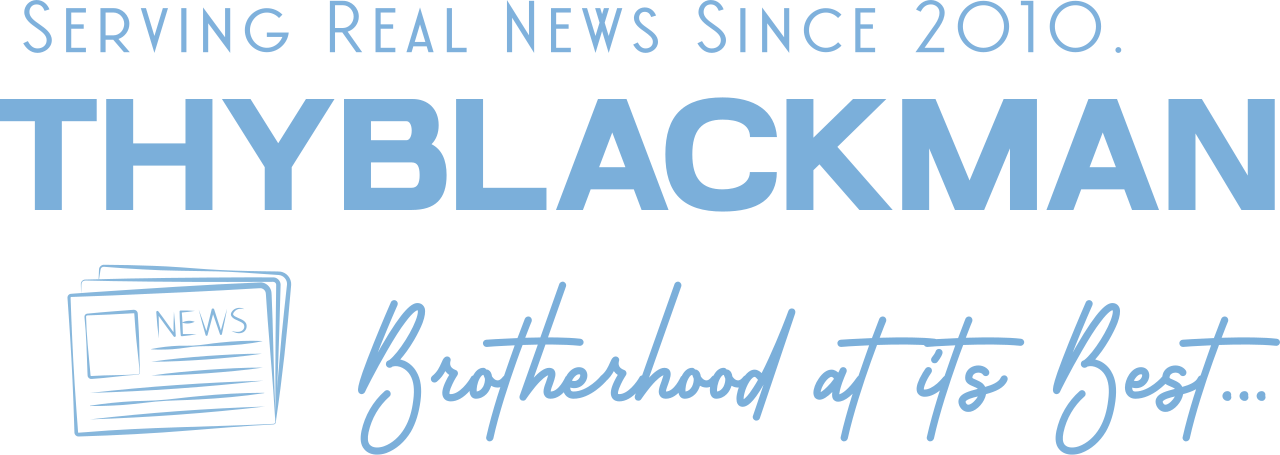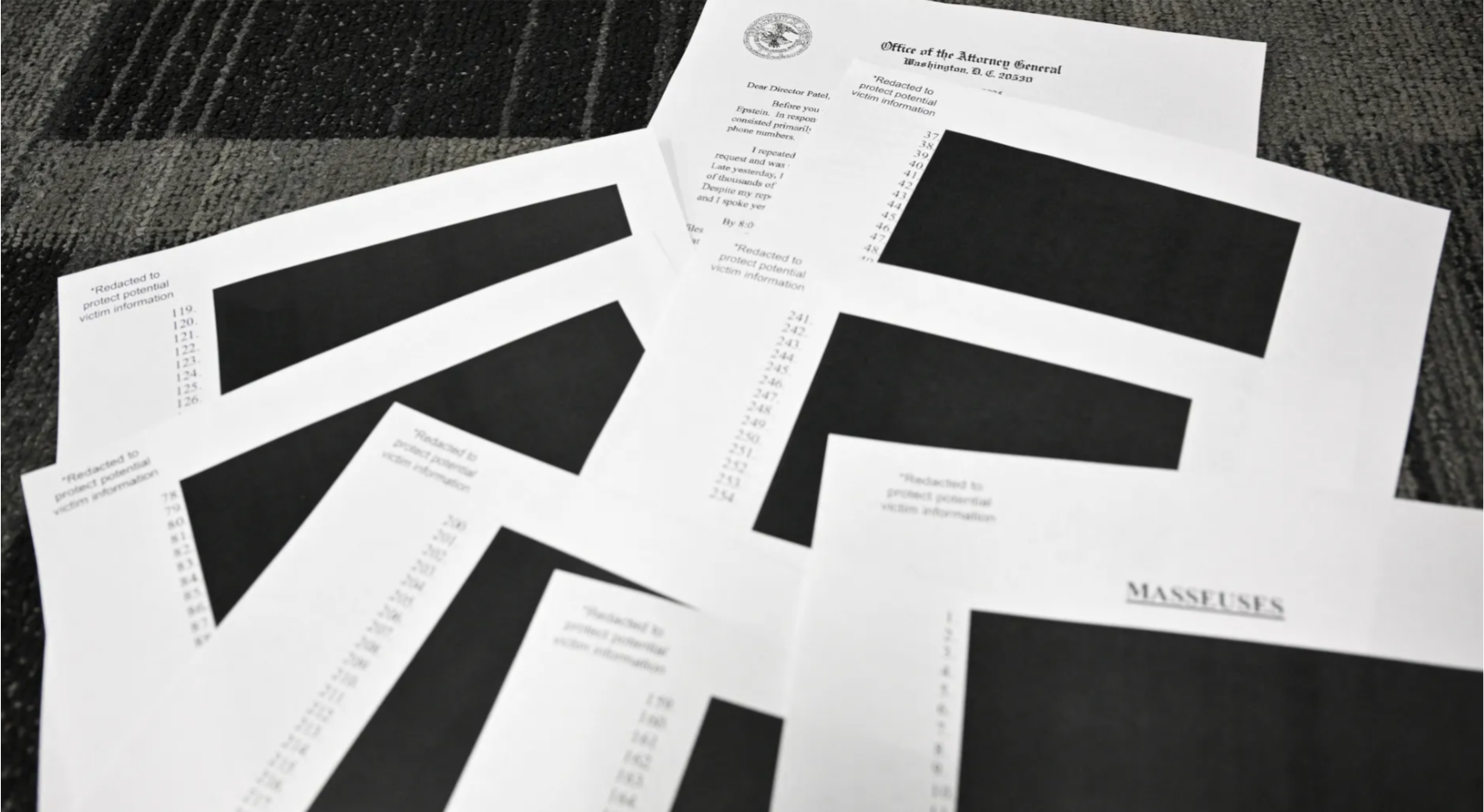(ThyBlackMan.com) The traditional 9-to-5 at a single office is no longer the default. Mobile and multi-site teams have become the standard for industries ranging from construction and field services to healthcare and retail. This isn’t a temporary trend; it’s a fundamental restructuring of how work gets done.
According to a report from IDC, the number of mobile workers will increase from 78.5 million in 2020 to 93.5 million in 2024 in the U.S.
In response, smart businesses are investing heavily to adapt. The mobile workforce management market is projected to grow at an impressive 12.9% CAGR, reaching $11.71 billion by 2029, as The Business Research Company reports.
But as companies embrace this new operational reality, many find their foundational systems are stuck in the past. Legacy timekeeping methods—like manual timesheets, static punch clocks, and basic spreadsheets—are struggling to keep pace. This gap creates a cascade of inaccuracies, compliance risks, and operational inefficiencies that can quietly undermine a business.

Key Takeaways
- Traditional timekeeping methods are outdated for mobile workforces, creating significant operational and legal risks.
- Modern workforce timekeeping tools offer crucial features like geofencing, mobile access, and automated pay rules to ensure accuracy and compliance.
- Future-proof your operations by leveraging emerging technologies like AI for scheduling and advanced biometrics for verification.
- Proactively audit your current system and understand the clear ROI of upgrading to a specialized solution for improved efficiency and reduced costs.
The Core Challenges of Tracking a Distributed Workforce
Managing a workforce spread across different locations introduces unique complexities that traditional, centralized timekeeping systems were never designed to handle. These are not minor inconveniences; they are critical business vulnerabilities that expose you to financial loss and legal jeopardy.
Challenge 1: Accuracy & Accountability Gaps
Without direct supervision, how can you be certain an employee is on-site when they clock in? Legacy systems offer no way to verify presence, opening the door to common forms of time theft like “buddy punching” (where one employee clocks in for another) and off-site clock-ins. These seemingly small discrepancies accumulate quickly, leading to inflated payroll costs for work that was never performed.
Solution: Modern workforce time clock solutions address these risks by using location-based verification and secure identification methods to ensure every clock-in is legitimate. GPS geofencing can confirm that the punch happens within the job site perimeter, while biometric checks prevent one employee from clocking in for another. These measures protect payroll accuracy, strengthen accountability, and create a reliable record of actual hours worked.
Challenge 2: Spiraling Compliance Complexity
Adhering to federal, state, and local labor laws is already a challenge. For a multi-site workforce, that complexity multiplies. Each jurisdiction can have different rules for overtime, meal periods, and rest breaks. Manually tracking and applying these varied regulations is an immense burden and a recipe for error, exposing your business to costly audits, penalties, and class-action lawsuits under regulations like the Fair Labor Standards Act (FLSA).
Challenge 3: Crippling Lack of Real-Time Visibility
When you rely on timesheets submitted at the end of a pay period, you’re always looking in the rearview mirror. Operations managers lack the immediate data needed to make timely decisions. You don’t know who is on-site, which projects they are assigned to, or if schedules are being followed until it’s too late to adjust. This operational blindness prevents agile resource allocation and proactive problem-solving.
Challenge 4: Overwhelming Administrative Burden
The hidden cost of outdated systems is the sheer volume of manual work required to maintain them. Your HR and payroll teams waste countless hours chasing down missing timesheets, deciphering handwritten entries, manually keying data into payroll, and correcting the inevitable errors. This diverts valuable staff from strategic initiatives to tedious, low-value administrative tasks.
These persistent issues of location inaccuracy, inconsistent data, and compliance gaps aren’t just minor annoyances; they represent significant financial and legal risks. Tackling them requires a system built specifically for the complexities of a distributed workforce. For businesses ready to move beyond spreadsheets and outdated clocks, a workforce timekeeping tool provides the necessary architecture—like geofencing and real-time data sync—to restore accuracy and accountability.
The Anatomy of a Modern Timekeeping Solution: 5 Non-Negotiable Features
1. GPS Geofencing and Real-Time Location Tracking
This is the cornerstone of accountability for a mobile workforce. Geofencing allows you to create virtual perimeters around authorized job sites. The system then ensures employees can only clock in or out when their mobile device’s GPS confirms they are within that defined zone. This technology effectively eliminates off-site punching and provides an indisputable, timestamped audit trail of an employee’s location at the moments of clock-in and clock-out.
2. A True Mobile-First App with Offline Functionality
Your employees work from their phones, and your timekeeping system should too. A native mobile app allows staff to seamlessly clock in and out, switch job codes, view their schedules, and request time off directly from their devices. Critically, this app must have offline functionality. This ensures that even in remote areas with poor or no internet connectivity, all time punches are captured accurately and synced automatically once a connection is re-established. No work time is ever lost.
3. Automated & Customizable Pay Rule Engine
This feature directly tackles the immense challenge of compliance complexity. A robust system allows you to build and assign complex, location-specific pay rules. It automatically calculates overtime, shift differentials, and premium pay according to federal, state, and local labor laws. As Paychex notes, “Mobile time and attendance systems that make it easy for employees… while allowing companies to accurately record work hours and manage regional and local differences in reporting requirements are essential for embracing today’s modern workplace.” This automation drastically reduces the risk of human error and ensures a solid defense in case of an audit.
4. Real-Time Reporting and Customizable Dashboards
Modern solutions provide managers with immediate operational intelligence. Instead of waiting for timesheets, you get instant visibility through live dashboards. Managers can see at a glance who is clocked in, their current location and job assignment, and who is approaching overtime thresholds. This enables proactive decision-making, allowing you to reallocate resources, prevent unnecessary overtime costs, and address scheduling issues as they happen, not days later.
5. Seamless Payroll and Job Costing Integration
The final piece of the puzzle is eliminating the administrative burden. A modern timekeeping system should integrate directly with your payroll, HRIS, and accounting software. This capability automates the transfer of accurate, pre-calculated, and approved time data, eliminating hours of manual data entry and reconciliation. For project-based businesses, this also enables precise job costing, as labor hours can be accurately assigned to specific projects or clients, leading to better budgeting and improved profitability.
The Litmus Test: A 5-Point Checklist to Audit Your Current System
How does your current system stack up? Take a moment to honestly evaluate your existing timekeeping infrastructure. Answering these five questions will reveal critical gaps that could be costing you money and exposing you to risk.
1. Can you accurately verify an employee’s geographical location at the exact moment of clock-in and clock-out?
- If you rely on trust, manual timesheets, or a simple honor system, the answer is no. You have no defense against off-site punching.
2. Does your system automatically calculate standard, overtime, and specific break rules based on the varied labor laws relevant to each employee’s work location?
- If your payroll team is manually calculating overtime for different states or using spreadsheets, the answer is no. You are highly vulnerable to compliance errors.
3. Can your field employees reliably clock in/out and view their schedules even when working in remote areas with no or unreliable internet connectivity?
- If lost punches or delayed data are a common problem for your remote teams, the answer is no. You are losing accurate work-time data.
4. Do your managers have real-time dashboards to see which employees are clocked in, their current project, and if anyone is approaching overtime, enabling immediate intervention?
- If managers only find out about overtime after it has already happened, the answer is no. You are missing major opportunities for cost control.
5. Does your timekeeping data flow directly and automatically into your payroll and accounting systems without any manual data entry or reconciliation?
- If someone on your team spends hours each pay period manually typing timesheet data into another system, the answer is no. You are wasting valuable administrative resources.
If you answered “no” to two or more of these questions, your current system is likely creating significant operational risks, compliance vulnerabilities, and unnecessary administrative burdens for your business.
The Business Case: Unpacking the ROI of Modernizing Your Timekeeping
Upgrading your timekeeping system isn’t an expense; it’s an investment with a clear and compelling return. The benefits go far beyond convenience, directly impacting your company’s financial health, legal standing, and operational agility.
- Reduced Operational Costs: By eliminating time theft, preventing off-site punching, and minimizing payroll errors from manual calculations, you achieve direct, measurable savings on your largest expense: labor. The drastic reduction in manual administrative tasks further cuts down on overhead.
- Mitigated Legal and Compliance Risk: Automating compliance with complex and varied labor laws is one of the most significant benefits. This drastically lowers the probability of costly government audits, wage and hour lawsuits, and crippling financial penalties, protecting your bottom line and your company’s reputation.
- Boosted Productivity and Efficiency: When HR staff and managers are freed from the tedious cycle of chasing, correcting, and entering time data, they can focus on higher-value activities like strategic planning, talent development, and improving field operations. Furthermore, accurate job costing ensures projects are bid on and managed profitably.
- Enhanced Employee Experience & Transparency: Providing employees with a simple, modern mobile app to manage their time is a major win. Self-service features, clear schedule visibility, and the assurance of accurate, transparent paychecks build trust and improve morale.
Staff Writer; Steve Carter

















Leave a Reply